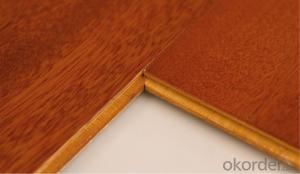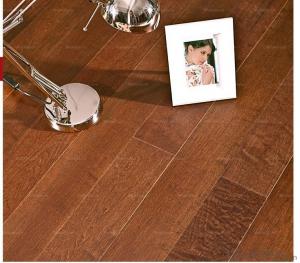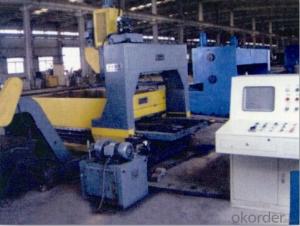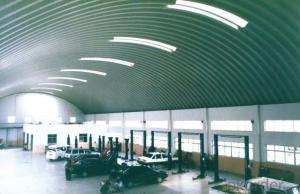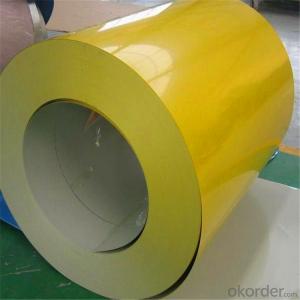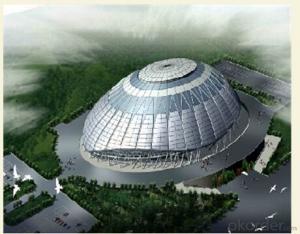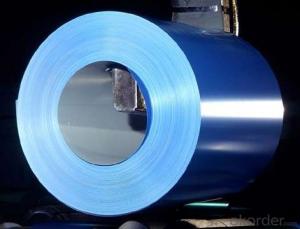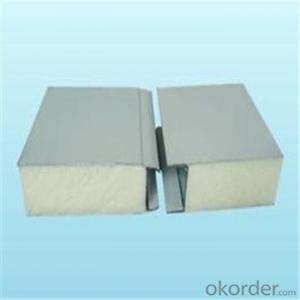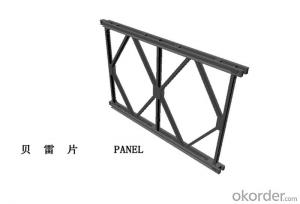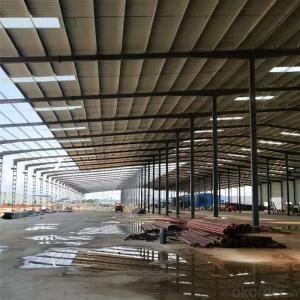Pre Engineering Steel Structure
Pre Engineering Steel Structure Related Searches
Best Paint For Stainless Steel Blanket Insulation For Steel Buildings Primer For Galvanized Steel Foam Filter For Stainless Steel H S Code For Stainless Steel Surface Grinding Wheels For Stainless Steel Surface Grinding Wheels For Hardened Steel Hole Saw For Stainless Steel Paint For Stainless Steel Stainless Steel For BbqHot Searches
Cheap High Tea Sets For Sale Portable Led Signs For Sale Stone Hot Water Bottles For Sale Large Led Screens For Sale 1/4 Aluminum Plate For Sale H4 Led Headlight Bulbs For Sale Air Pump For Aquarium Price Solar Thermal Collectors For Sale Used Finger Joint Machine For Sale Aluminum Dock Plate For Sale Aluminum Plate For Sale Near Me Solar Chips For Sale Solar Business For Sale Solar Controllers For Sale Pipe Staging For Sale Aluminum Stock For Sale Near Me Used Electrical Wire For Sale 6 3 Electrical Wire For Sale Aluminum Towers For Sale 6 3 Wire For SalePre Engineering Steel Structure Supplier & Manufacturer from China
Okorder.com is a professional Pre Engineering Steel Structure supplier & manufacturer, offers integrated one-stop services including real-time quoting and online cargo tracking. We are funded by CNBM Group, a Fortune 500 enterprise and the largest Pre Engineering Steel Structure firm in China.Hot Products
FAQ
- Safety considerations for steel structures include ensuring proper design and construction to withstand loads and forces, regular inspections to identify any signs of deterioration or damage, implementing fire protection measures, such as using fire-resistant coatings or insulation, and ensuring proper maintenance to prevent corrosion. Additionally, safety precautions should be taken during construction to prevent accidents, such as ensuring proper fall protection for workers and using appropriate safety equipment.
- Steel structures are designed to resist snow loads by considering factors such as the weight of the snow, the geographical location, and the building's shape and design. Engineers calculate the maximum expected snow load and design the structure to withstand this load by incorporating appropriate factors of safety. This can include using stronger steel sections, increasing the number and size of supports, and incorporating sloped roofs to allow for snow shedding. Additionally, regular maintenance and monitoring of the structure are essential to ensure its continued resistance to snow loads.
- There are several types of steel composite systems used in structures, including composite beams, composite columns, composite slabs, and composite connections. These systems combine steel and concrete to create a more efficient and durable structural solution. Composite beams utilize steel beams with a concrete slab on top to increase load-bearing capacity. Composite columns consist of a steel section encased in concrete for enhanced strength and stability. Composite slabs combine steel decking with a concrete topping to create a strong and lightweight flooring system. Lastly, composite connections use steel components with concrete-filled tubes or shear connectors to provide robust and reliable structural connections.
- Some key considerations for maintaining and inspecting steel structures include regular inspections to identify any signs of corrosion, wear and tear, or structural damage. It is important to have a comprehensive maintenance plan in place that includes cleaning, repainting, and applying protective coatings to prevent corrosion. Regular inspections should also include checking for any loose connections, cracks, or deformations in the structure. Additionally, it is crucial to comply with relevant safety regulations and standards, and to have qualified professionals conduct the inspections and necessary repairs.
- There are several ways in which steel contributes to sustainable construction. Firstly, steel is a material with high durability, meaning that structures made with steel have a longer lifespan compared to other construction materials. This reduces the need for frequent repairs and replacements, resulting in less waste and resource consumption over time. Secondly, steel is a recyclable material, which means it can be reused multiple times without losing its properties. This significantly reduces the demand for new steel production and helps conserve natural resources. In fact, steel is one of the most recycled materials globally, with a high recycling rate that minimizes the environmental impact of construction projects. Additionally, steel is known for its strength and load-bearing capabilities, allowing for the construction of lighter and more efficient structures. This leads to reduced energy consumption during the construction process and throughout the lifespan of the building. Moreover, steel structures can be designed to be more flexible and adaptable, enabling future modifications and reducing the need for complete demolition and reconstruction. Furthermore, steel is resistant to fire, pests, and natural disasters, making it a safer choice for construction. This enhances the longevity and resilience of buildings, reducing the need for frequent repairs or rebuilding in the face of unforeseen events. Lastly, steel is manufactured with high precision and quality control, resulting in a reliable and consistent material that can be easily integrated into modern construction techniques. This ensures that steel structures meet the required safety and performance standards, offering peace of mind to builders, occupants, and regulators. In conclusion, steel contributes to sustainable construction by providing durability, recyclability, energy efficiency, safety, and adaptability. Its longevity, recyclability, and strength make it an environmentally friendly choice, while its resistance to various threats and precision manufacturing make it a reliable and safe option. By incorporating steel into construction projects, we can create buildings that are not only aesthetically pleasing but also environmentally responsible and long-lasting.
- Steel structure component assembling method
- Horizontal mounting: the assembly of components in a horizontal position. A slender member suitable for a small section but of long length.
- Steel structures can be designed to accommodate natural lighting through the use of various architectural and engineering techniques. This can include incorporating large windows, skylights, or glass curtain walls into the design to allow ample natural light to penetrate the interior spaces. Additionally, the use of light shelves, light tubes, or reflective surfaces can help distribute and maximize the natural light within the structure. Careful consideration of the building orientation, layout, and materials can also be taken into account to optimize the amount of natural light entering the space.
- Steel structures provide flexibility for future modifications or expansions due to their inherent strength and durability. Steel can easily be modified or expanded by simply adding or removing sections, making it easier and more cost-effective compared to other construction materials like concrete or wood. Additionally, steel structures can support heavy loads, allowing for the addition of extra floors or extensions without compromising the overall integrity of the building. The versatility and adaptability of steel make it an ideal choice for future modifications or expansions in various construction projects.
